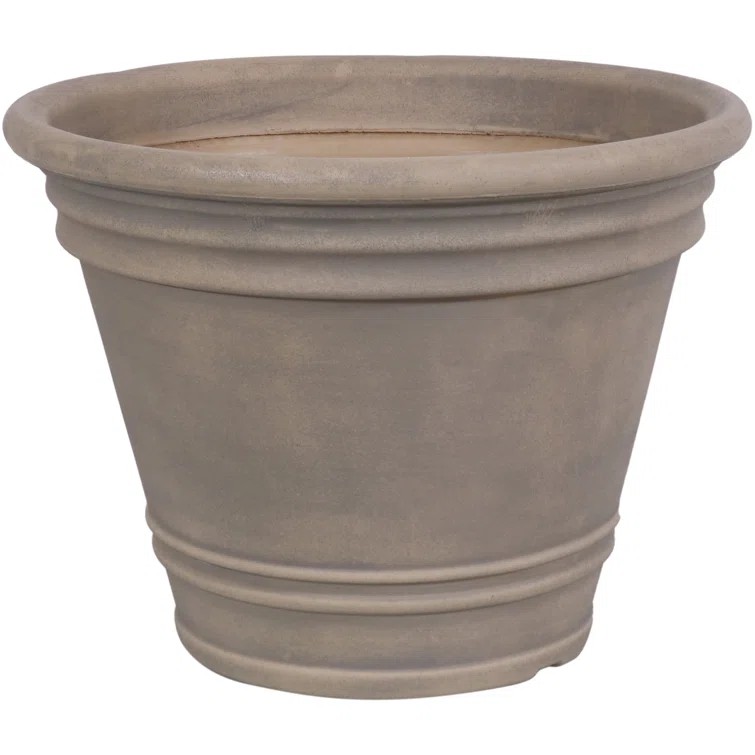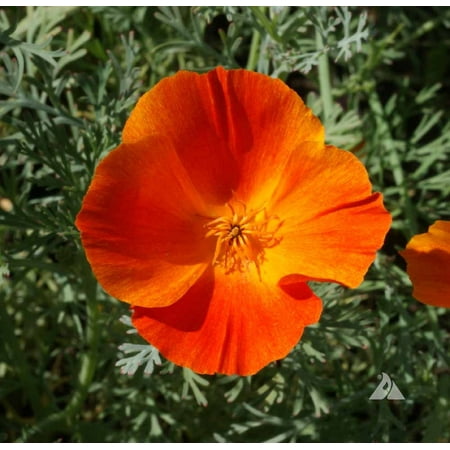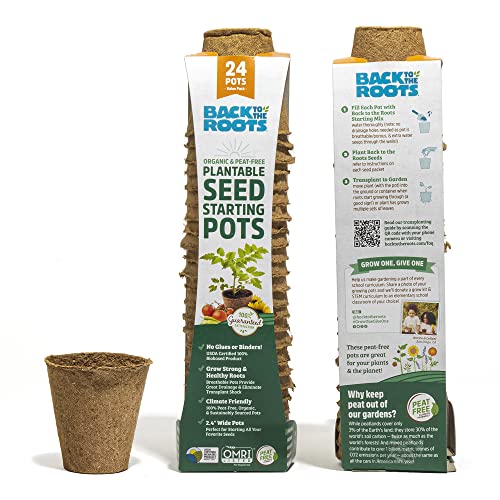Plant these 7 fast-growing annuals now for copious blooms in late summer and throughout fall, as recommended by a professional gardener
Low-effort but high-impact, these flowers will bring plenty of joy and color to your yard
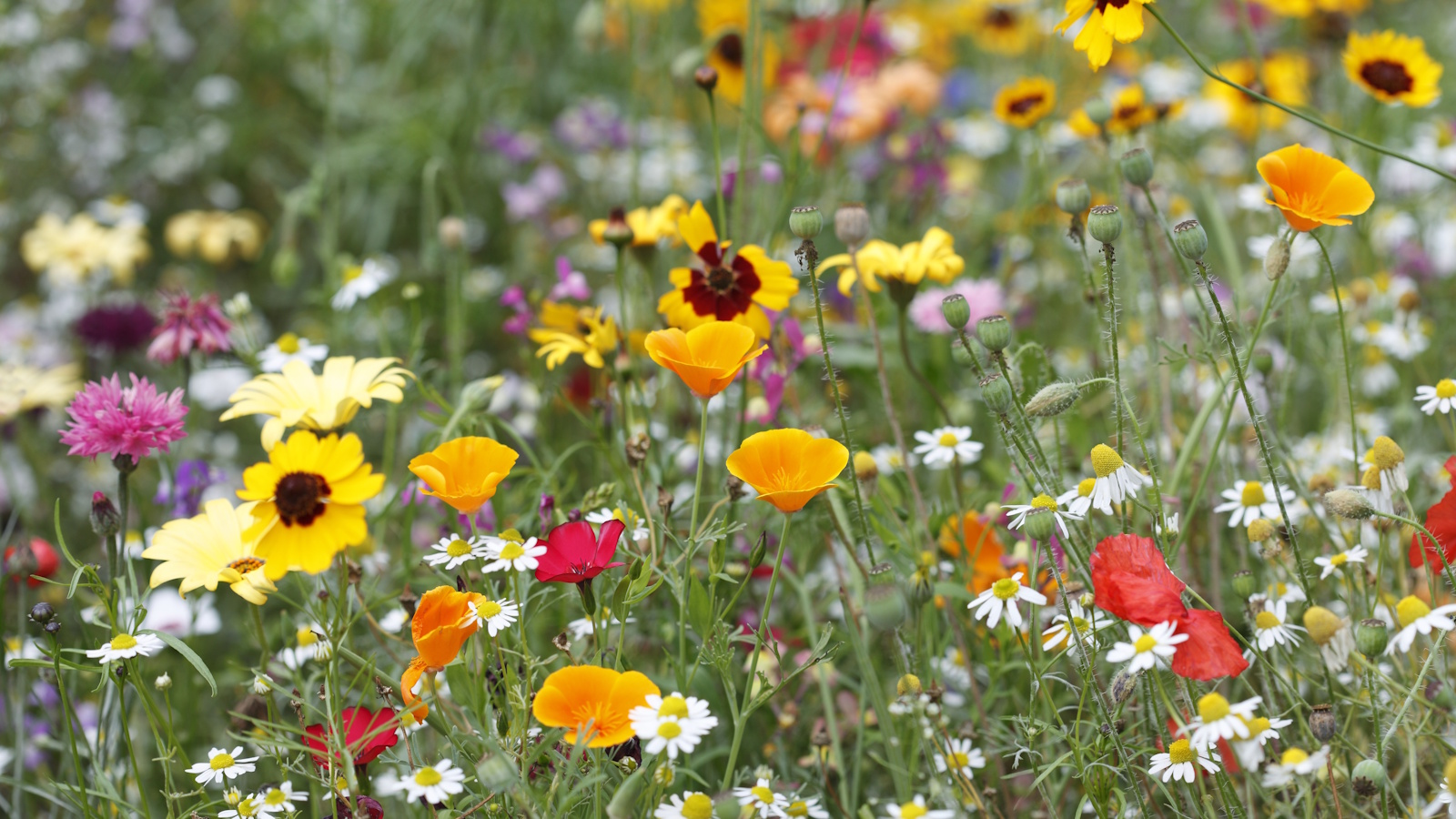

I’ve grown annuals in all sorts of places in my time as a professional gardener. From tiny, south-facing balconies crammed with pots, to sprawling rural estates with much more space to let things self-seed and spread. And, while July might seem a little late in the growing season for sowing annuals, I’d argue it’s still worth it. With the right varieties, you should get a decent display during September and October, and surely that’s worth it.
Some things will indeed struggle in the heat. Some annuals might refuse to grow or flower in the scorching days and dry soil. But there are some, like nasturtium and alyssum, that I have found are dependable and fast-moving, even if you are a little delayed in terms of your sowing schedule.
My advice: sow them directly outside or into small eco-pots that can be transplanted easily without disturbing the roots. These annuals to sow in July might not be the finest or bushiest display you will ever grow, but you might still get a pretty pot display, all while helping a pollinator or two as we approach fall. Here are even of my favorite flowers to plant in July.
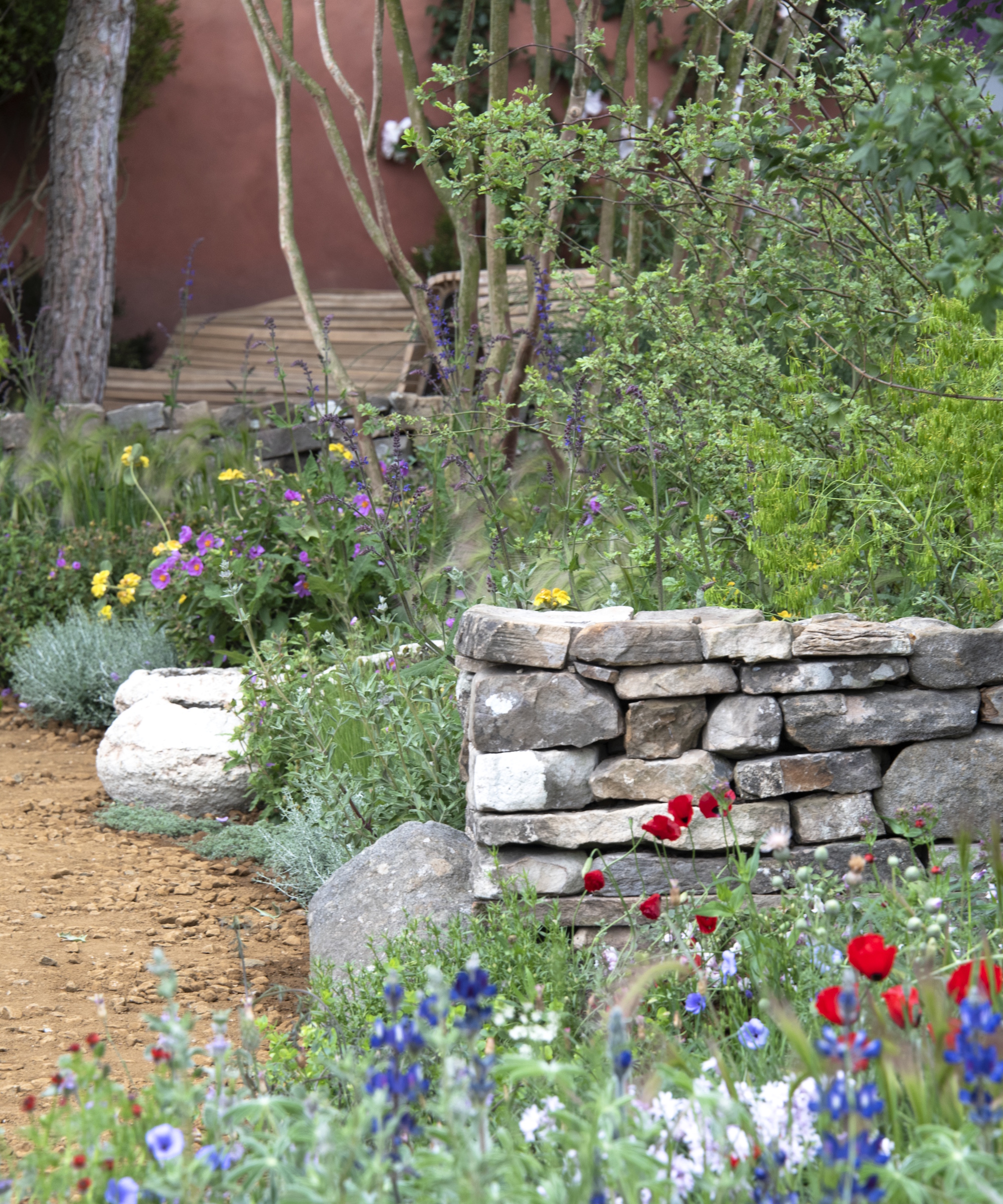
7 annuals to sow in July
These seven fast-growing flowering annuals to sow in July have remarkable growth rates and can germinate and bloom in record time.
Indeed, many annuals, like some of the best zinnia varieties, can help to fill pots and borders with color for those last few weeks and months of the growing season.
Here are seven of my favorite annuals that I have tried and tested, and grown myself over my professional career.
1. Calendula
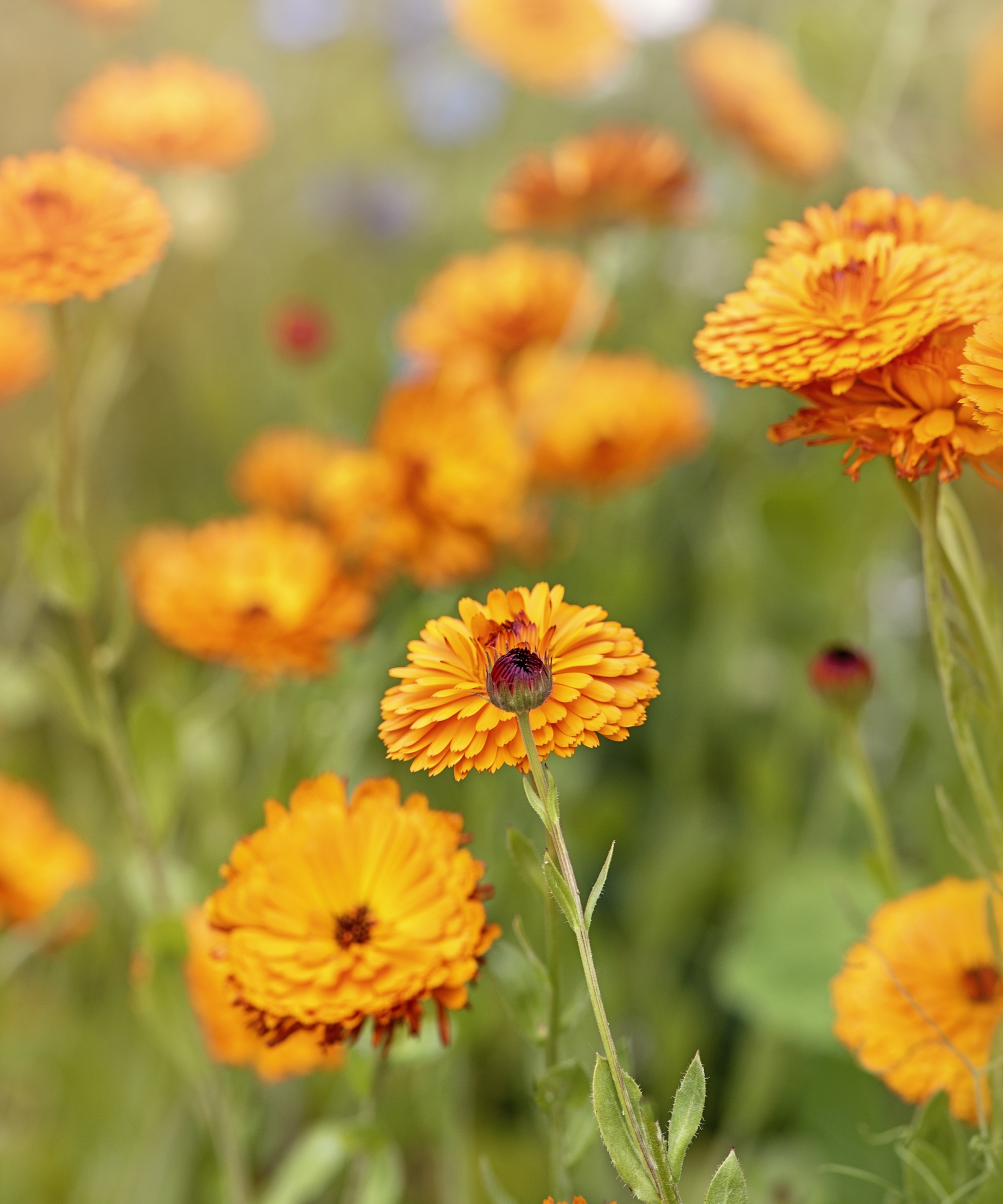
Calendula are some of the best late-summer flowers you can grow. I have planted them in vegetable beds, flower borders, and even in cracks and crevice gardens.
Design expertise in your inbox – from inspiring decorating ideas and beautiful celebrity homes to practical gardening advice and shopping round-ups.
They are quick to germinate, with shoots usually emerging around 7 to 10 days. You can then expect flowers around 8 weeks after germination, which means if you sow them in July, you might enjoy some September and October blooms.
I would always recommend growing the classic favorite of gardeners, 'Indian Prince', with seeds available to order now via Amazon.
To me, this soft orange bloom is always a winner, especially when planted alongside other colorful annuals.
Calendula, like all of these annuals, can grow in a range of US hardiness zones, with a preference for lots of sunshine and good water every now and then.
In warm summers, provide some protection for seedlings and young plants, opting for a part-sun-part-shade spot, which will protect the young foliage from harsh rays.
Deadheading will help to prolong the summer show, but be sure to let one or two go to seed. These self-seeding flowers will help to provide you with the goods for next year's show.
2. Violas
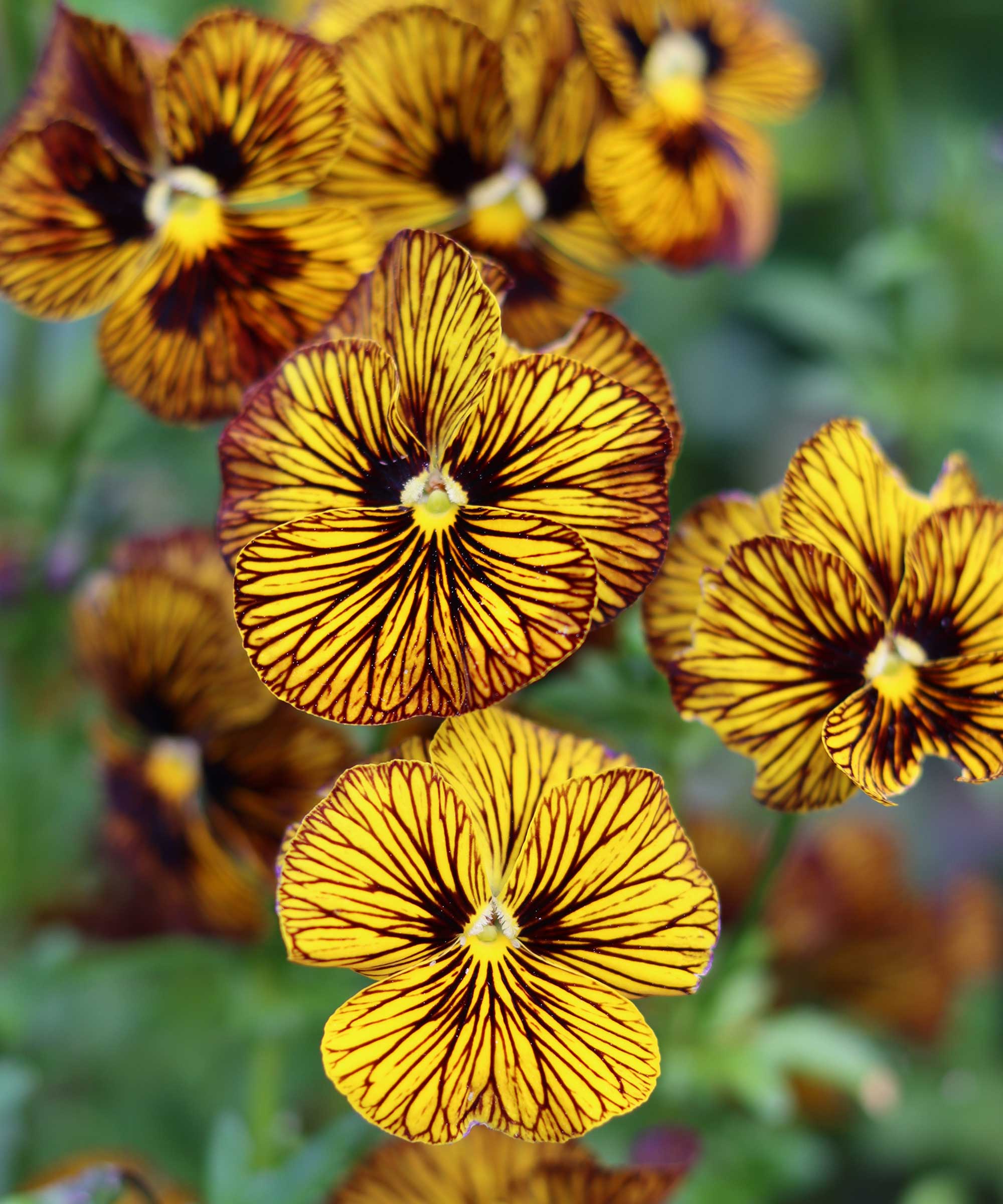
Dainty violas are more resilient than they look. While they are not quite patio plants that thrive on neglect, these fast-growing tiny flowers are pretty tough, so long as the soil doesn't dry out entirely.
In terms of how to grow and care for violas, opt for a part-sun-part-shade spot in the yard, although I find it is easier to start them in a cold frame or greenhouse first, and plant outside later.
They usually take around 10 to 14 days to germinate and should flower within eight weeks. Just be sure to keep the soil moist to prevent them from sulking in the heat.
'Tiger Eye', as seen in the image here, is my absolute favorite viola, for obvious reasons. The markings, I think, are so special, and even in miniature, they steal the show.
'Tiger Eye' live plants can be ordered now from Burpee. Simply give them a good, deep watering on arrival, and get them planted in the ground as soon as possible.
3. Nasturtium
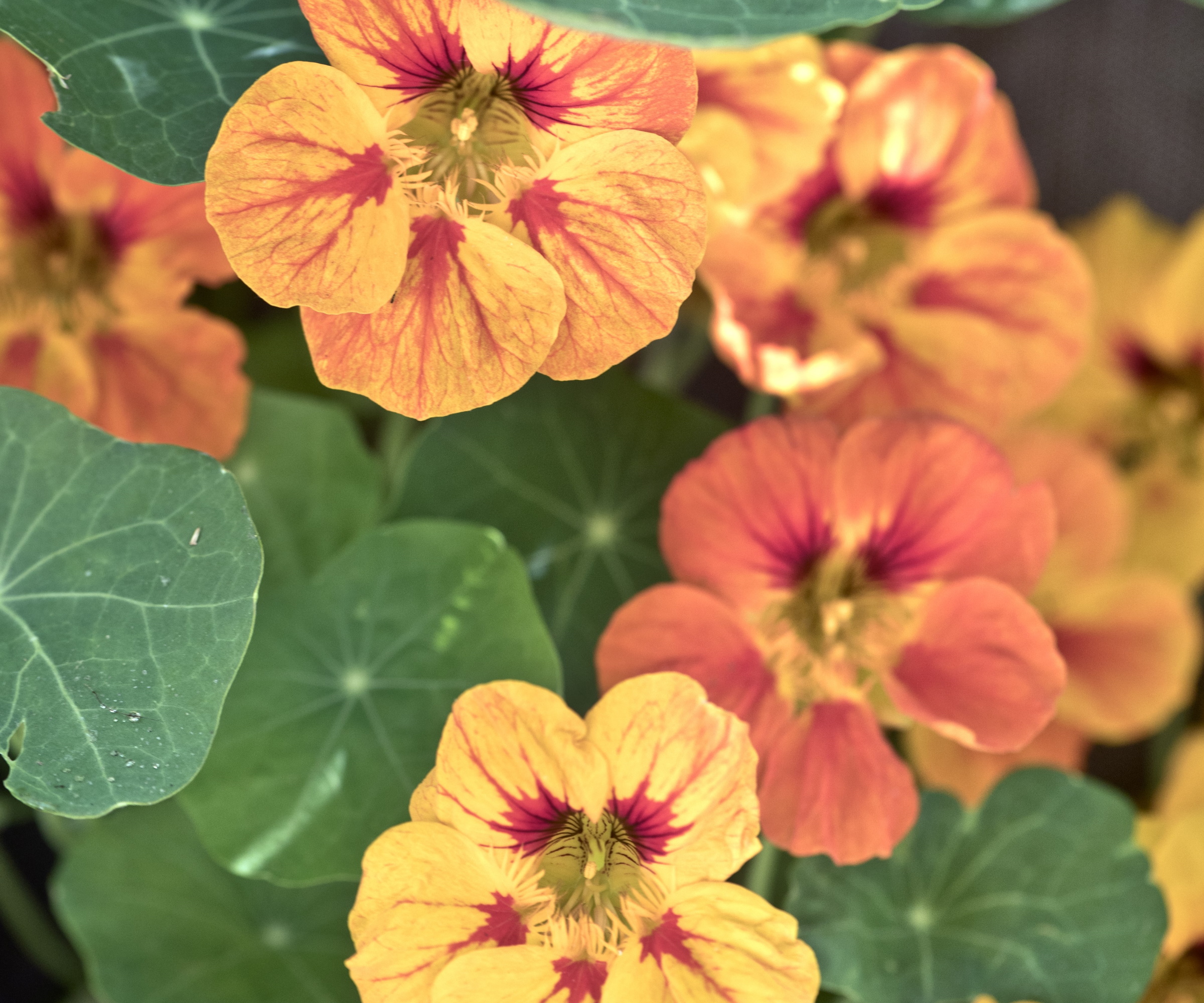
Nasturtiums are one of my favorite climbers to grow in pots and borders, and are ideal if you want flowers in rapid time.
Indeed, these are vigorous climbing plants that thrive on neglect, with a sprawling, vining habit that I love, often snaking and finding their way across the garden, sometimes producing many inches of growth in a single day.
In kitchen gardens, they are useful plants for pollinators and for adding color to soften the edge of beds, but I most enjoy growing them in pots.
In terms of how to grow nasturtium, choose a sunny or part-shade spot in your yard. I recommend sowing them directly into big containers alongside dahlias, zinnias or other flowering annuals. They should germinate within a week in warm soil and don’t need rich compost.
This pale-lemon 'Peach Melba' variety, with seeds available from Burpee, is one of my favorites this year, and should quickly grow and produce blooms by late summer and early fall.
4. Alyssum
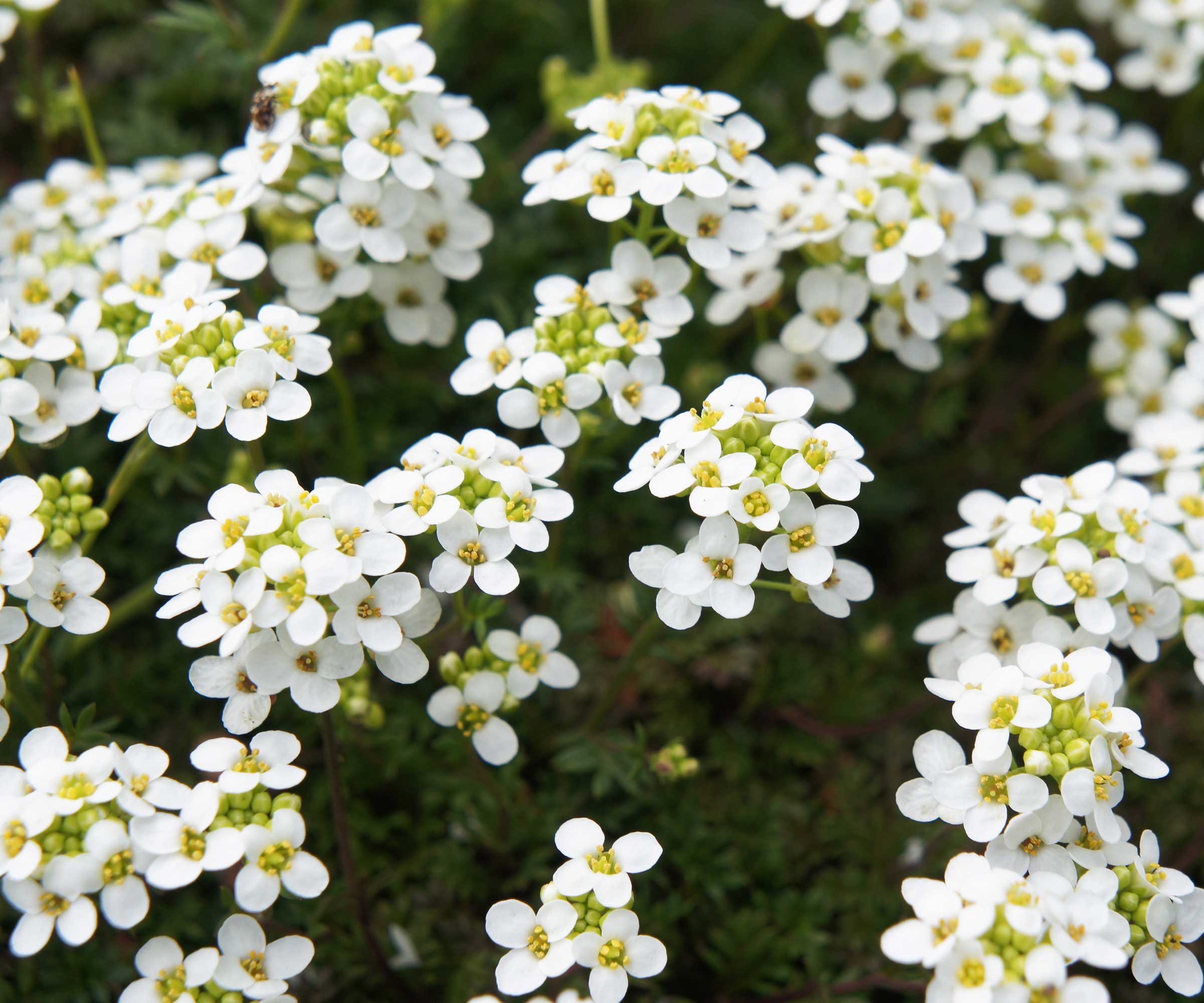
Alyssum is a wonderfully old-fashioned annual that I’ve come to rely on, particularly for pot displays or when used as a flowering ground cover plant.
As flowers go, it is remarkably unfussy, the sort of plant that quietly gets on with it. Simply sow seeds directly where you want them to flower in a sheltered corner of the yard.
I have found Alyssum prefers cooler conditions, best thought of as a part-shade annual, so in southern regions, such as zone 9, be sure to give it a spot with some afternoon shade.
Germination takes around a week, and you might spot the first bloom by week six or seven, which is pretty impressive by any standard.
Alyssum seed tape is available to order from Burpee and takes the stress out of flower growing.
Simply dig your shallow trench, and roll out your tape. The seeds are already spaced correctly, so you don't need to worry about measuring or counting them. Simple.
5. Morning Glory
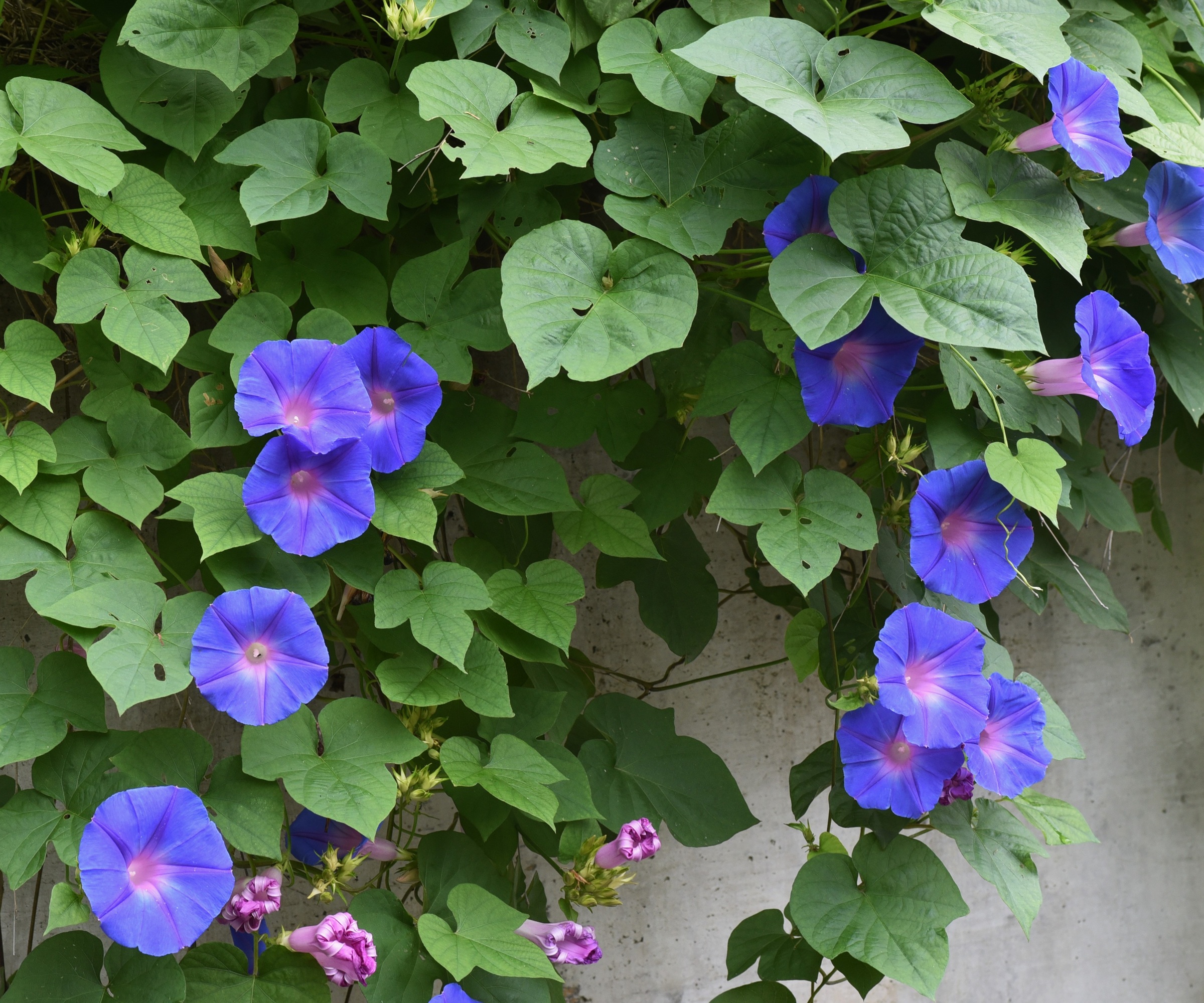
Morning glory vines are notorious for their fast growth rate. I have grown them on several occasions, opting for vibrant varieties, such as this 'Candy Pink' option, with seeds available to order now from Burpee.
In terms of how to grow morning glory from seed, sow directly in July, or into biodegradable pots, available from Walmart, to minimize root disturbance.
Germination can take seven or so days, sometimes less if you gently sand or nick the seeds first.
Spring sowing can result in growth of over 10 feet in a matter of months, and while this probably won't be the case if you are sowing in July, they will still reach an impressive height by fall.
In my experience, a sunny position with at least six hours of direct light is best. And, don't forget to be generous with the watering can every few days.
6. California poppies
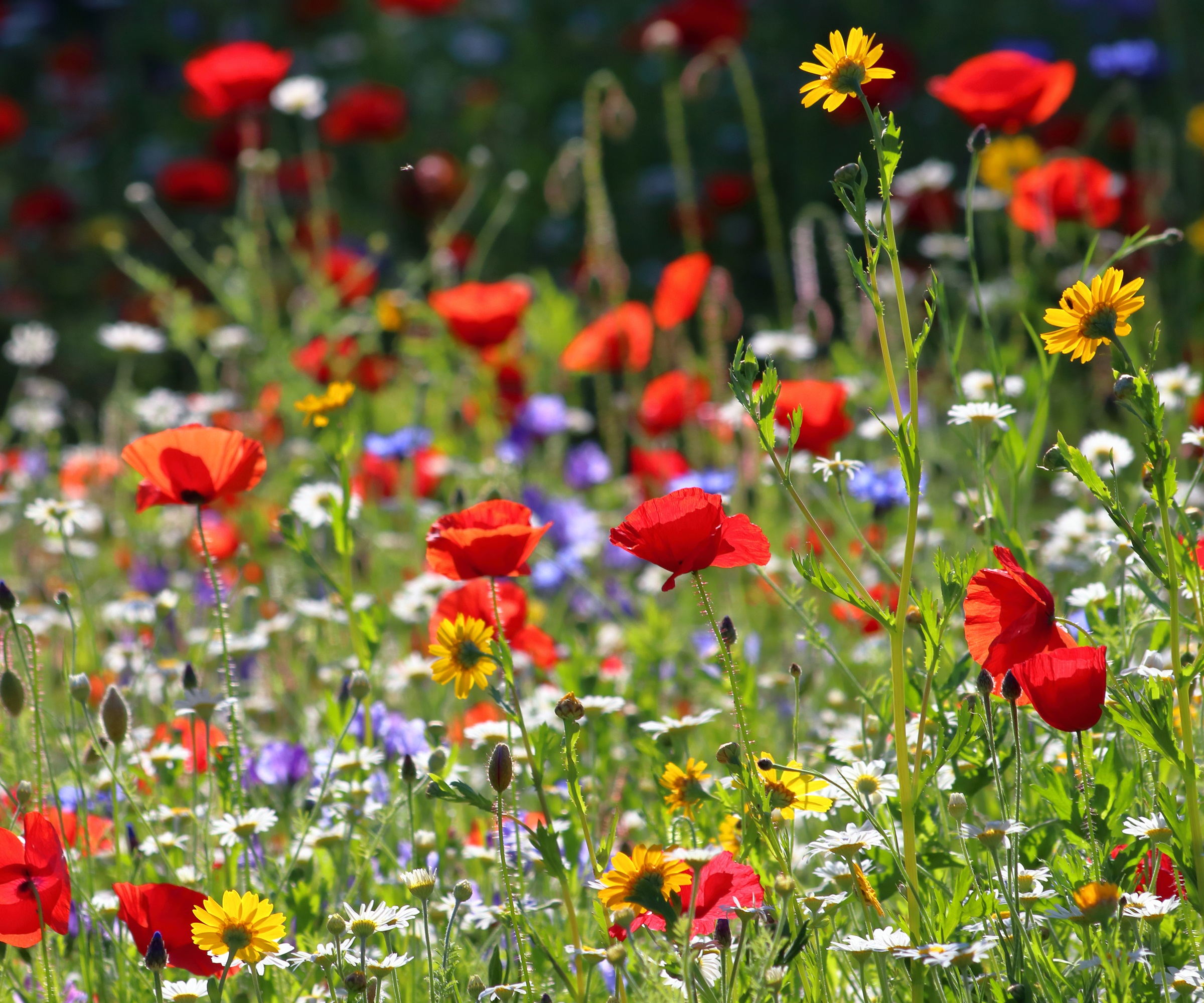
California poppies, or Eschscholzia californica, are a classic (and foolproof) summer annual.
They were actually the first flowers I grew from seed with my father many years ago, and if a heavy-handed 13-year-old can do it, then I am pretty sure you can, too.
I have found they will grow almost anywhere, from dry, dusty beds to fertile flower borders. And, as you might have inferred from the name, these are California native plants, so they can do just fine with very little water.
Sow them directly in July. I have found that they hate transplanting. They should germinate within seven days and flower in as little as six weeks.
7. Cornflowers
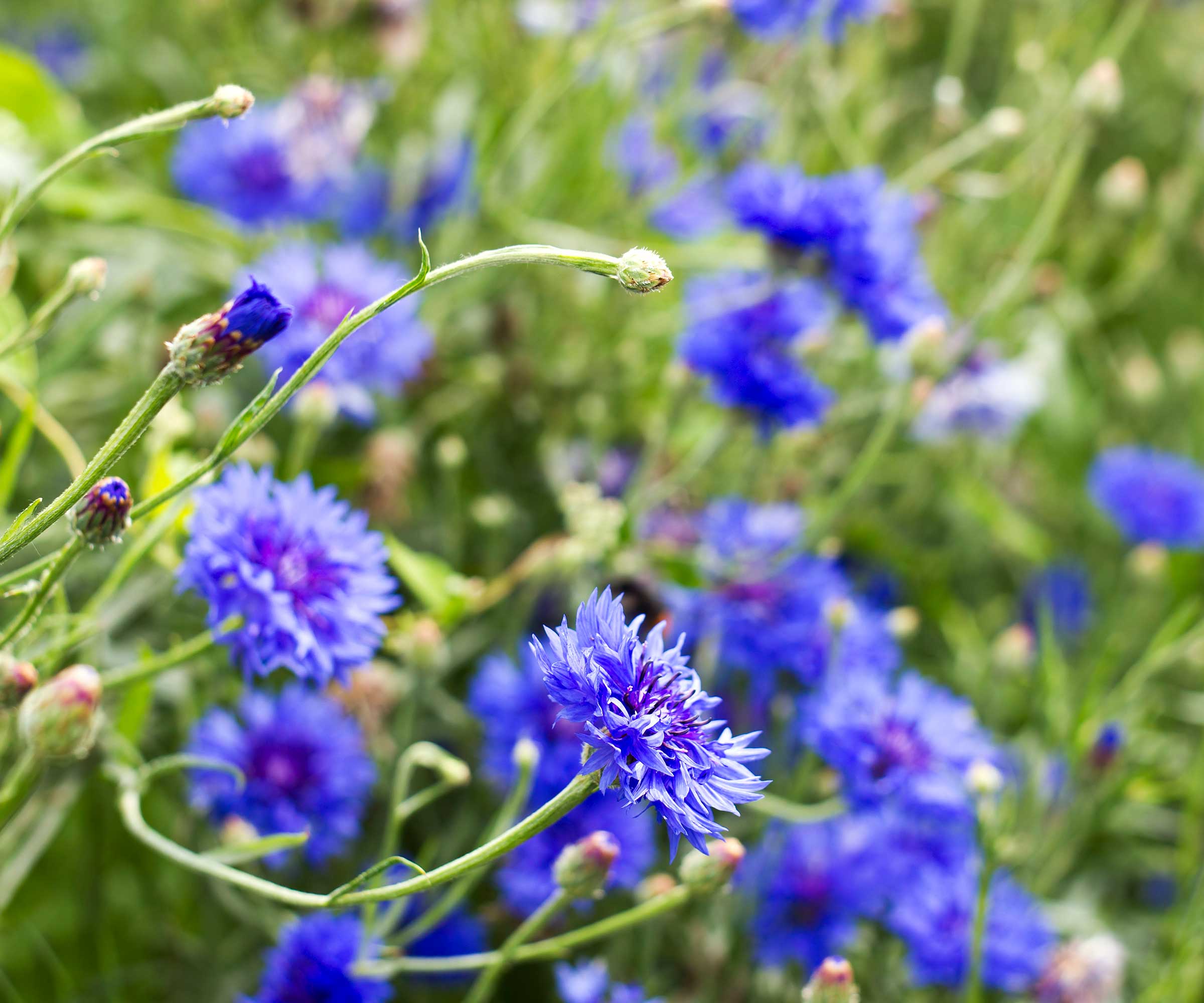
If you are looking for wildflower garden ideas, you won't find much better than cornflowers.
Often thought of as some of the best blue flowers, I have grown them in gravel borders, wildflower mixes, or cut flower gardens, and always found them to be reliable and late-flowering.
Cornflower seeds, available from Walmart, can be sown directly outside in full sun flowerbeds and borders this month, and you can expect blooms in about eight to 10 weeks, which will last up until the first frost.
So, while it is preferable to grow them far earlier in the year, you can still enjoy a short few weeks in September and October of color.
For an unusual option, try 'Black Ball', with seeds available from Amazon. I love this dark, maroon option, which looks great in the border or when snipped and placed in a vase indoors.
FAQs
Can I sow zinnias in July?
Yes, zinnias can still be sown in July, although the flowering window will be far shorter than compared to seeds sown in spring.
In terms of how to grow zinnias, sow them in full sun and provide plenty of water (ideally early in the morning or late at night) to keep them in good health.
You can expect flowers within nine or 10 weeks, so if you get them in the ground early in July, you can enjoy some October flowers (hopefully!).
Zinnia seeds can be ordered now via Burpee.
If you are keen to enjoy the maximum number of flowers in your yard this summer, have you considered rethinking weeds? Tough, native species can add color and impact to your plot, albeit in a natural, wild aesthetic.
Why not leave a few rogue dandelions in the lawn or some blue alkanet growing at the back of the border, both of which are impressive (and beautiful) flowering weeds for pollinators. Our guide has all the information you need to know.
Shop flower sowing accessories

Thomas is a Content Editor within the Gardens Team at Homes and Gardens. He has worked as a professional gardener for both public spaces and private estates, specializing in productive gardening, growing food and flowers. Trained in Horticulture at the Garden Museum, he has written on gardening and garden history for various publications, including The English Garden, Gardens Illustrated, Hortus, The London Gardener and Bloom. He has co-authored a Lonely Planet travel book, The Tree Atlas, due out in 2024.
You must confirm your public display name before commenting
Please logout and then login again, you will then be prompted to enter your display name.
